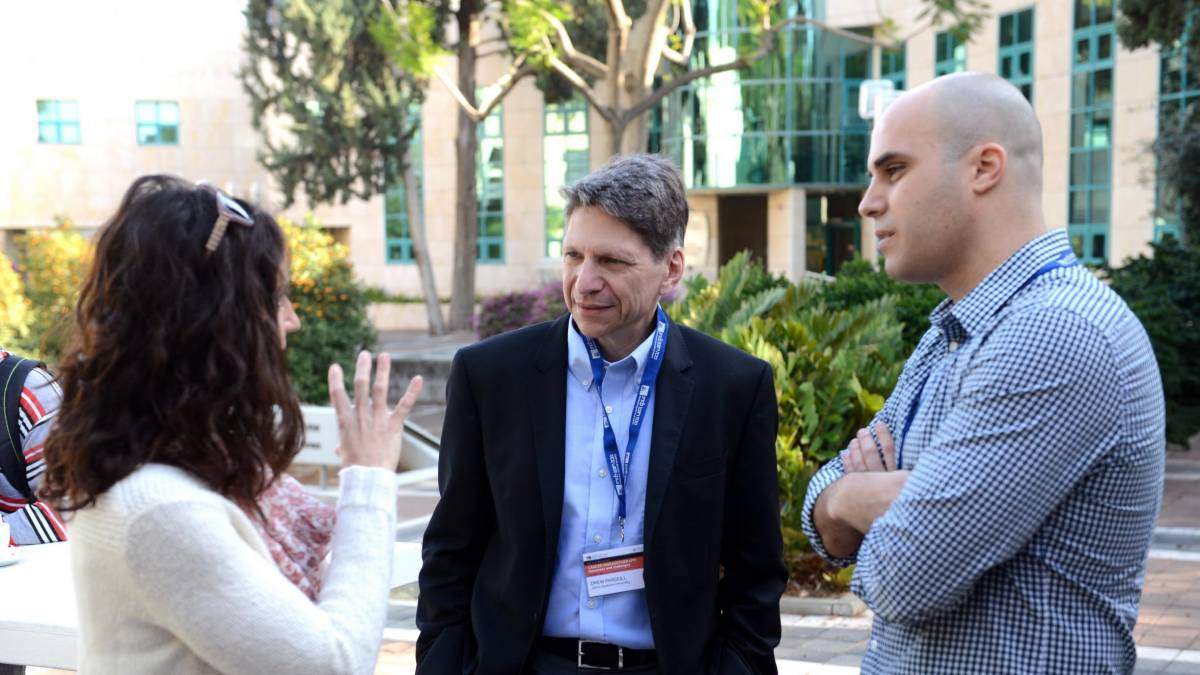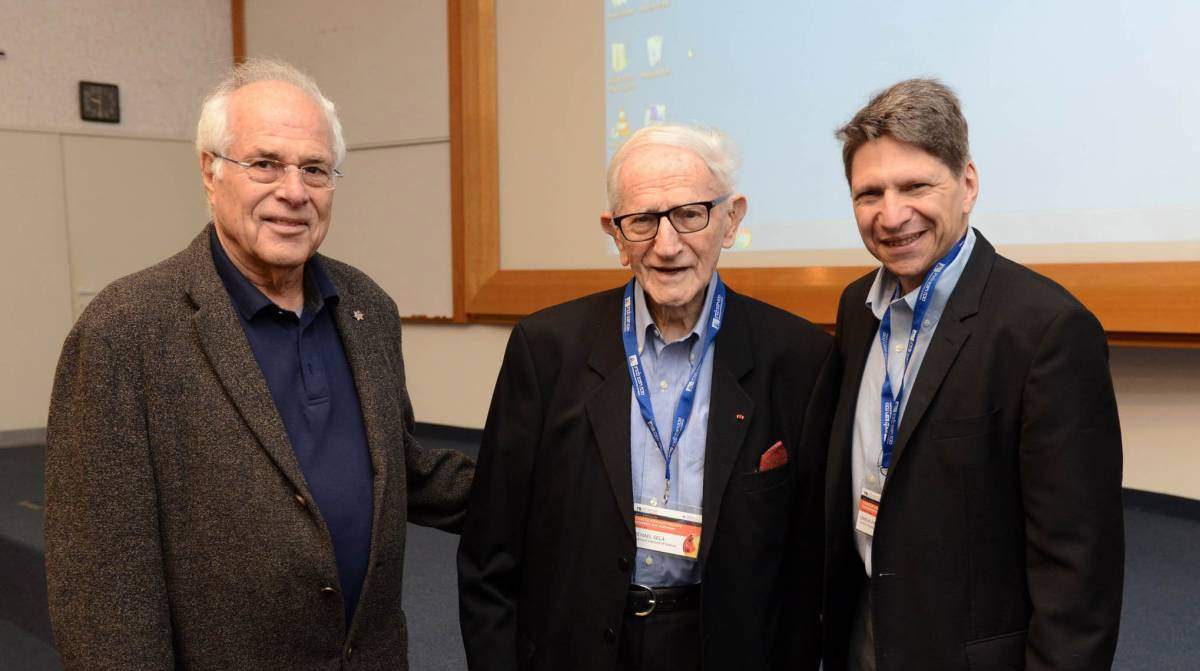Are you a journalist? Please sign up here for our press releases
Subscribe to our monthly newsletter:

“I’m sure we are currently just scratching the surface of what’s possible to achieve with cancer immunotherapy,” says Prof. Drew Pardoll of Johns Hopkins University. He delivered the keynote address at the symposium, “Cancer Immunotherapy: Successes and Challenges,” organized recently by the Moross Integrated Cancer Center (MICC) at the Weizmann Institute of Science. Prof. Pardoll heads the Bloomberg-Kimmel Institute for Cancer Immunotherapy at Johns Hopkins University.
Q. Prof. Pardoll, your talk at the symposium of the Moross Integrated Cancer Center was entitled: “The Transformation of Cancer Therapy through the Immune System.” Can you please explain?
A. More than thirty years ago, when I started my fellowship in oncology, all we could tell the vast majority of adult patients with solid tumors, was that we could give them a few more months to live. Now we can tell patients with many major malignancies – including melanoma and cancers of the lung, bladder, stomach, neck and liver – that if their immune system responds to immunotherapy, they stand a chance of being cured or having their cancer kept in check for the rest of their lives. That’s transformative, in and of itself – being able to tell people that we might be able to give them their life back. Some of the patients who started treatment with immunotherapy ten years ago are still alive, many of them with no evidence of cancer. This is absolutely breathtaking, especially because in the past, immunotherapy seemed to be a failure for literally two decades.
Q. How many cancer patients with solid tumors can be helped by immunotherapy?
A. We are still talking about 15 to 20 percent of all cancers. For melanoma, as many as 50 percent of the patients respond to the treatment, and about half of these continue to benefit from it over time. For lung cancer, the response rate is about 20 percent, and about half of these later become resistant to the therapy. For other cancers, the response rates are lower. But in the future, my estimate is that about 80 percent of cancer patients with solid tumors will ultimately be able to benefit from immunotherapy to some extent, although it’s impossible to know how many will be cured.
That’s transformative, in and of itself – being able to tell people that we might be able to give them their life back
Q. How do you envision the future of cancer immunotherapy?
A. We should start using therapies much earlier – even before surgery and certainly before the immune system is beaten up by chemotherapy – and start using different drugs and therapies in combination. We also need to develop better biomarkers for selecting patients who are most likely to respond to the treatment, and further improve genetic engineering of T cells, which had been pioneered by Weizmann’s Prof. Zelig Eshhar.

Q. The price of cancer immunotherapy is exorbitant. Will it come down in the future?
A. Indeed, a therapy can cost a hundred and fifty thousand dollars a year, or double that sum if two drugs are used in combination. One pharmaceutical company has made an interesting proposal: It offers a cancer immunotherapy costing about half a million dollars – but patients are charged only if the treatment works. I believe that’s an excellent way of implementing value-based pricing. In the future, prices might drop if there’s a sense of an impending catastrophe, for example, a revelation that tens of thousands of people are dying because they can’t afford these drugs. Other than that, competition among different companies will probably play a larger role in driving the prices down than any governmental regulation.